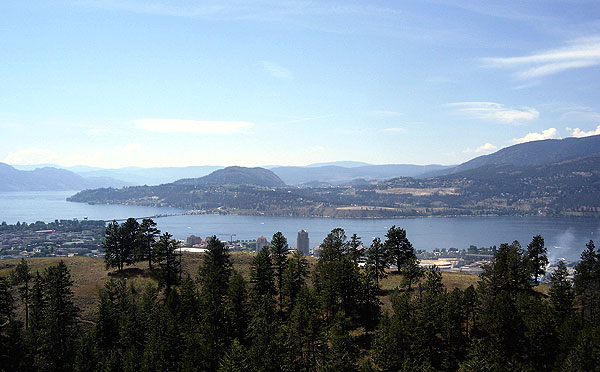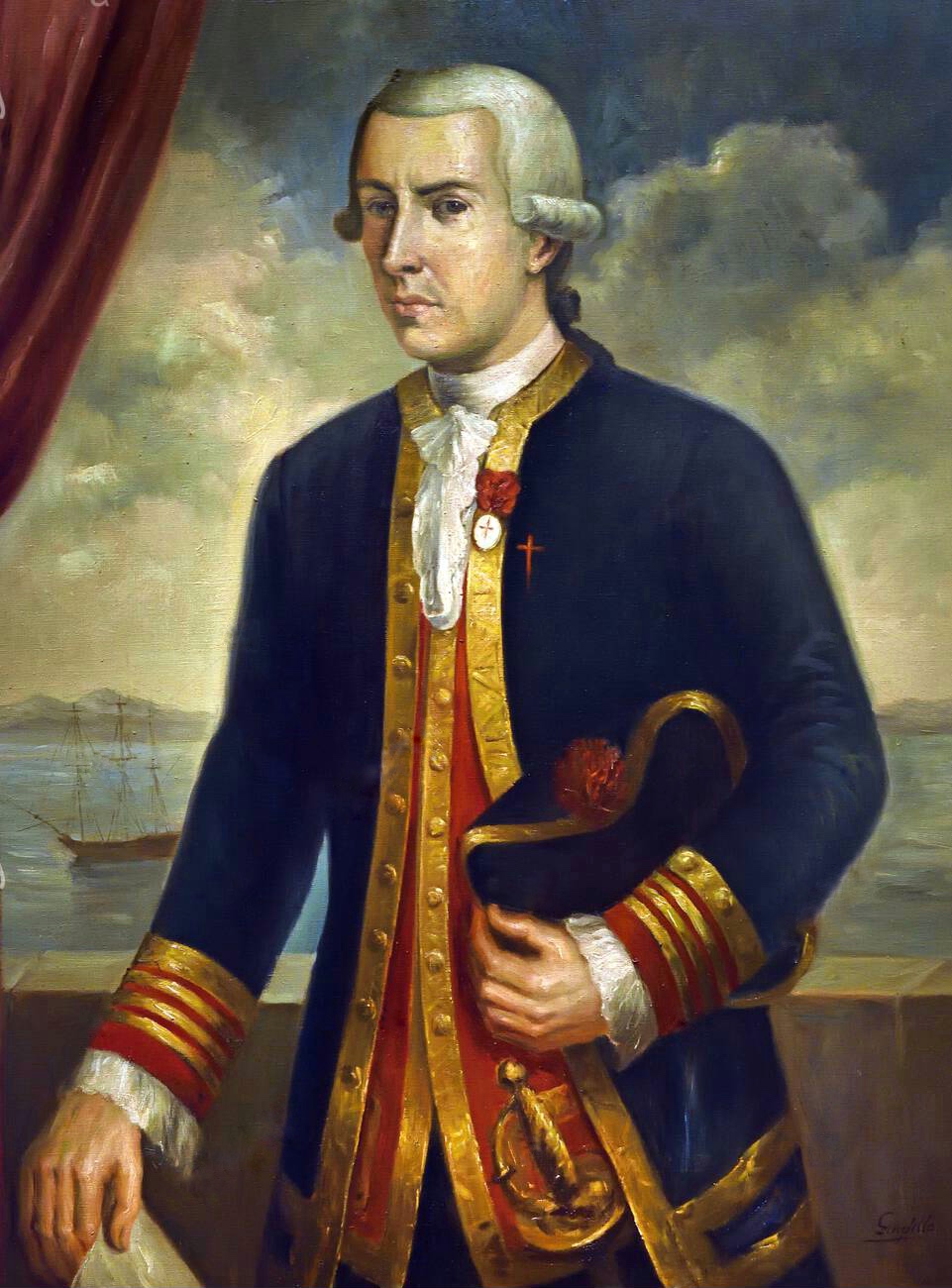|
Lily Of The Valley (boat)
''Lily of the Valley'' was a houseboat owned by pioneer John Moore Robinson, who founded the community of Naramata, British Columbia. He and his family traveled across Okanagan Lake to the newly laid out town site in ''Lily of the Valley'' on April 22, 1907 and Naramata was officially founded. She was moored at the wharf on the west shore of the lake and later hosted festivities such as regatta activities by the Athletic and Aquatic Association, holding 800 people at one point in 1909. See also *''Colleen (rowboat)'' *''Ruth Shorts ''Ruth Shorts'' was pioneer Captain Thomas Shorts' first boat on Okanagan Lake in British Columbia, Canada and starting with her, Shorts was the first boater on the lake, beginning a long history of ships and steam transportation that enabled the d ...'' References {{reflist History of British Columbia Culture of the Okanagan ... [...More Info...] [...Related Items...] OR: [Wikipedia] [Google] [Baidu] |
John Moore Robinson
John Moore Robinson, (born in Hustonville, Wellington County, Canada West in December 1855 – died February 23, 1934) was a pioneer, rancher, prospector, politician and orchardist who helped shape British Columbia's Okanagan Valley region through, among other things, the establishment of such communities as Naramata, Summerland, and Peachland. Biography Education and early career The son of William Robinson, an Irish-born merchant, and Maria Moore, he was educated in Hustonville, in Lockport, New York and in St. Catharines, Ontario. He taught school for four years in Ontario, and then, in 1879, he moved to Manitoba, where he taught in Woodlands for two more years. In 1882, Robinson married Eliza Lipsett. He was the editor and publisher of the ''Brandon Times'', the ''Portage la Prairie Tribune'' and the ''Portage la Prairie Review''. Robinson also served as clerk for Woodlands and for Portage la Prairie. He was later employed in the real estate business in Portage la Pr ... [...More Info...] [...Related Items...] OR: [Wikipedia] [Google] [Baidu] |
Naramata, British Columbia
Naramata is an unincorporated community in the Okanagan region of south central British Columbia. On the eastern shore of southern Lake Okanagan, the locality is by road about north of Penticton. Name origin In November 1906, John Moore Robinson purchased land. Over the following nine months, the name changed from Nine Mile Point to East Summerland, to Brighton Beach, and finally to Naramata. Robinson claimed the name came in a séance, but more likely, he knew the value of a good story in promoting the sale of home sites and orchard lots. Alternative theories have suggested the name derives from a First Nations word or an Australian Aboriginal one, but supporting evidence is lacking. First Nations The Syilx name for the area is “Citxws Peqlqin," or "Eagle's House." The Naramata bench provided a seasonal camp site for elk hunting and food gathering. Early community Robinson advertised and sold parcels of land to people from other parts of Canada as well as the British Isles ... [...More Info...] [...Related Items...] OR: [Wikipedia] [Google] [Baidu] |
Okanagan Lake
Okanagan Lake ( oka, kɬúsx̌nítkw) is a lake in the Okanagan Valley of British Columbia, Canada. The lake is long, between wide, and has a surface area of 348 km2 (135 sq. mi.). Hydrography Okanagan Lake is called a fjord lake as it has been carved out by repeated glaciations. Although the lake contains numerous lacustrine terraces, it is not uncommon for the lake to be deep only offshore. Major inflows include Mission, Vernon, Trout, Penticton, Equesis, Kelowna, Peachland and Powers Creeks. The lake is drained by the Okanagan River, which exits the lake's south end via a canal through the city of Penticton to Skaha Lake, whence the river continues southwards into the rest of the South Okanagan and through Okanogan County, Washington to its confluence with the Columbia. The lake's maximum depth is near Grant Island (Nahun Weenox). There are three other islands: one known as Rattlesnake Island, much farther south by Squally Point. The other two are near Grant I ... [...More Info...] [...Related Items...] OR: [Wikipedia] [Google] [Baidu] |
Colleen (rowboat)
''Colleen'' was a rowboat used on Okanagan Lake in British Columbia, Canada in the late 1800s and early 1900s. She belonged to the Reverend Thomas Greene and served many early settlers and pioneers of the Okanagan, including W. D. Walker and Thomas Ellis, the earliest European settler in Penticton, British Columbia. See also * ''Lily of the Valley'' *''Ruth Shorts ''Ruth Shorts'' was pioneer Captain Thomas Shorts' first boat on Okanagan Lake in British Columbia, Canada and starting with her, Shorts was the first boater on the lake, beginning a long history of ships and steam transportation that enabled the d ...'' References {{reflist History of British Columbia Culture of the Okanagan ... [...More Info...] [...Related Items...] OR: [Wikipedia] [Google] [Baidu] |
Ruth Shorts
''Ruth Shorts'' was pioneer Captain Thomas Shorts' first boat on Okanagan Lake in British Columbia, Canada and starting with her, Shorts was the first boater on the lake, beginning a long history of ships and steam transportation that enabled the development of the Okanagan. In the early 1880s, Shorts thought of beginning a freight business on the lake and had Pringle and Hamill of Lansdowne build a rowboat with a capacity of 2.5 tons. The boat was long and had a small sail. Shorts named the boat ''Ruth Shorts'' after his mother and he began service in 1883. There was no set schedule, but the round trip generally took nine days and Shorts rowed in all weather for three years, averaging a passenger a month. He made about CAD$6000 rowing before venturing into steam with ''Mary Victoria Greenhow'' in 1886, only to lose his earnings. See also *Colleen (rowboat), ''Colleen'' *Lily of the Valley (boat), ''Lily of the Valley'' References {{reflist History of British Columbia Culture ... [...More Info...] [...Related Items...] OR: [Wikipedia] [Google] [Baidu] |
History Of British Columbia
The history of British Columbia covers the period from the arrival of Paleo-Indians thousands of years ago to the present day. Prior to European colonization, the lands encompassing present-day British Columbia were inhabited for millennia by a number of First Nations. Several European expeditions to the region were undertaken in the late 18th and early 19th centuries. After the Oregon boundary dispute between the UK and US government was resolved in 1846, the colonies of Vancouver Island and colony of British Columbia were established; the former in 1849 and the latter in 1858. The two colonies were merged to form a single colony in 1866, which later joined the Canadian Confederation on 20 July 1871. An influential historian of British Columbia, Margaret Ormsby, presented a structural model of the province's history in ''British Columbia: A History'' (1958); that has been adopted by numerous historians and teachers. Chad Reimer says, "in many aspects, it still has not been ... [...More Info...] [...Related Items...] OR: [Wikipedia] [Google] [Baidu] |

